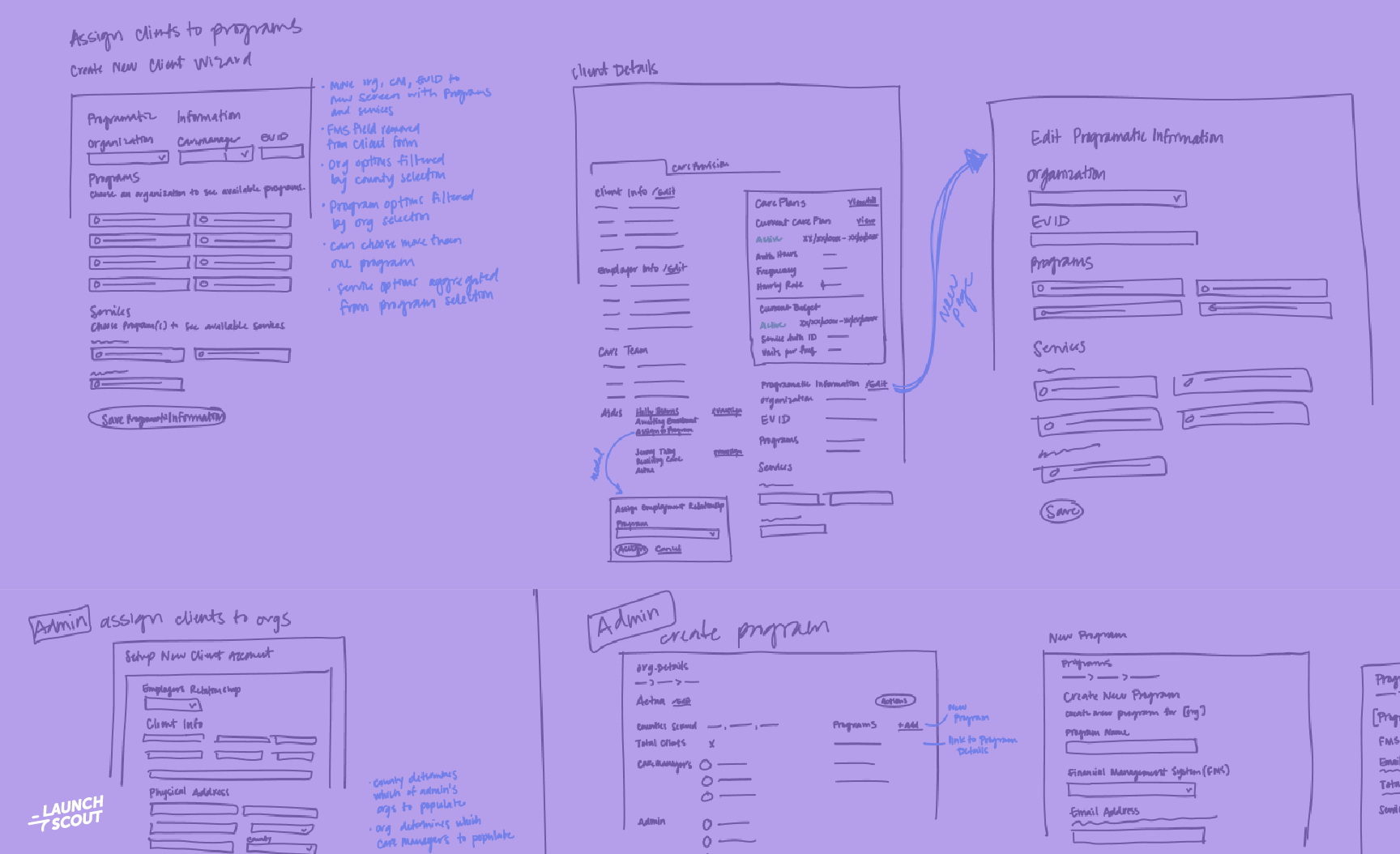11 March 2016
Custom Software Development vs. Off-the-Shelf: How to Choose a Winner
You’re probably thinking we’re biased on this question. After all, custom software development is 90% of what we do. But you might be surprised to find out how often we wrestle with this dilemma ourselves.
Even though the most common title in our office is developer, we still invest in commercial off-the-shelf solutions (COTS). We’re happy users of Trello, Slack, Hubspot, QuickBooks, BambooHR, Skylight, and more. We’ve also built a custom scheduling app that we’d be hard pressed to run our business without. And you’re reading this on a custom built blog (half the office thinks that’s a great idea, half not so much).
So how do you choose whether to build or buy? Often, you might feel rushed to make a decision. Your business is growing, and there’s a pain point you’d like to solve with software. Or maybe you’re using an app that just isn’t doing the job. Repeat after me: Slow down. Take your time. And be sure to ask yourself these key questions.
How common is the problem you’re trying to solve?
Some issues and tasks nearly all businesses face: accounting, human resources, blogging and more. These functions are important to your business, but unless you’re BuzzFeed or Ernst & Young, they’re probably not core to your business. It’s not your primary function. In these cases, you’re almost always better off buying an off-the-shelf solution—whether that’s a SaaS (software as a service) product or more traditional licensed software.
Why? The more common your problem, the more likely someone has already solved it with software. Whether you’re selling books or building a cat grooming empire, most mid-sized businesses face the same issues with tracking sick days, time-off requests and other basic HR issues. And there’s a host of apps out there to lighten the workload. HR isn’t your company’s secret sauce, so you there’s no need to invest in whiz-bang custom software.
Do commercial off-the-shelf solutions come close to your process?
Sometimes it can be tempting to reject an off-the-shelf solution because it doesn’t match one little piece of your process. We’ve thought many times about building our own digital Kanban board to track and manage software development because this process is so core to our business. But in the end, Trello is close enough. We wish it provided metrics to track throughput and other performance indicators, but this one wish-list item isn’t worth the significant time and cost to build and maintain our own system.
If an off-the-shelf solution comes close to your process—say 90% or more—it’s typically cheaper and easier to alter your workflow or find an easy workaround. Significant shortcomings might be a sign to start exploring a custom option. Some readymade solutions allow you to customize, but it becomes expensive fast. And if you’re investing in too many changes, you might as well build what you really need from scratch.
How important is competitive advantage?
We believe building custom software is one of the best ways to create competitive advantage. You’re building a tool that none of your competitors have, and it’s a chance to gain a significant leg up in the market.
Recently, I had the chance to hear a Kroger executive give a talk about the company’s QueVision system, which helps the grocery chain track shoppers and know exactly when to open a new checkout line. This mix of software and sensors cut the average wait time from more than 4 minutes to under 30 seconds. It’s so successful that other companies have tried to buy the technology.
Think about what’s key to your customer experience or how you deliver your product or service. Those are generally the areas where custom software makes the most sense. We often help clients build order management systems, custom ERP (enterprise resource planning) software, or turn painful manual processes into automated digital experiences. Each one tends to be core to the business or frees up staff to work on the core business.
Have you done a complete and honest cost comparison?
You have to dig deep to understand the true costs of different software solutions. Think decoding the IRS tax code or comparing cell phone plans. Some simple SaaS products require little more than a credit card and a little Internet savvy. A big enterprise ERP system might take more than a year to roll out.
For off-the-shelf products, you’ll want to factor in:
-
Purchase and Licensing Fees: Do they grow with your user base? How long are you locked into the price? Are there fees for adding new features? Or for onboarding?
-
Implementation: How long will it take? What does it cost? And what kind of team do you need to be successful? Is a consultant necessary?
-
Integrations: Does the new software talk to your old software? And if not, how much does it cost to make that happen? How well will those solutions work?
-
Training and Support: Do they provide training? What about answering support questions? What happens if the software goes down?
-
Downtime: How long will your rollout take? What’s the best and worst case scenario? How does it impact your business if things don’t go as planned?
Figuring out the cost of custom software development isn’t much easier. Whether you’re hiring a consulting firm or building in-house, it’s tough to estimate the cost of the initial build because you’ll inevitably evolve the project scope as you learn new information along the way. You’ll also need to factor in maintenance costs and future upgrades.
For custom software development, you’ll want to think about:
-
Long-Term Maintenance: Like your house or your car, you’ll need to maintain your app for as long as you use it. We generally recommend clients budget at least $15,000 a year for maintenance or allocate time and money for an internal team to do the work.
-
Product Ownership: To build a successful software project, you’ll need at least one person to spend significant time (20 hours a week or more) interacting with your design and development team, testing features, providing business knowledge, feedback and more.
-
Intellectual Property: You own a custom solution, so factor in the value of this new IP to your company. There may also be accounting and tax advantages when you build custom software.
-
Future Updates: Trello and Hubspot often roll out delightful new features without upping our bill a cent. With custom software, you’ll need to budget for any new functionality. Inevitably, you’ll want to widen the project’s scope at some point.
It can be a 10-round battle to choose the right winner for your company’s software needs. But we hope these questions put you on the path to a knockout in the build vs. buy match-up.


